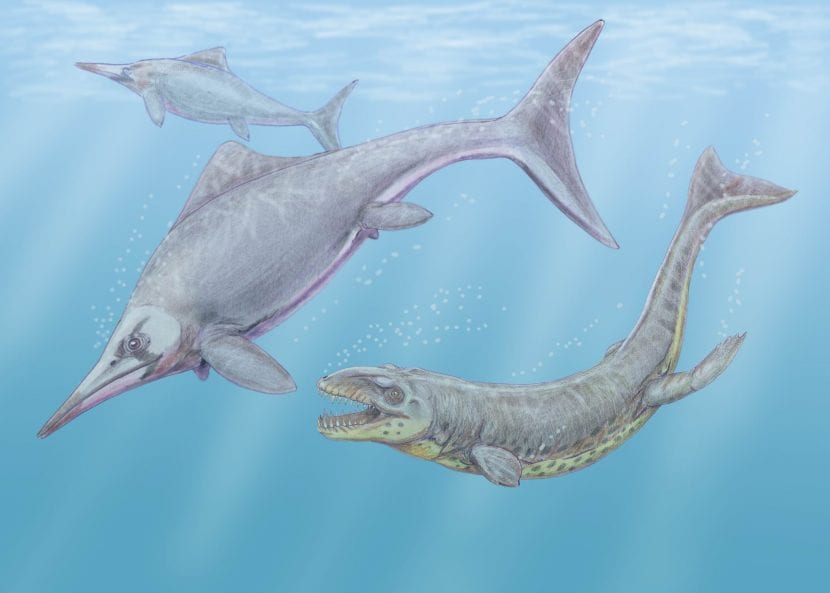
According to what it may seem at first, fish are not animals of a recent time, but their existence has millions of years. In this text we are going to talk about some of these animals that shared a habitat with dinosaurs themselves and other ancient creatures. We refer to the so-called prehistoric fish.
Dark Osteus
The Dunkleosteus belongs to the family of arthrodylar placoderm fish (they were the first vertebrate fish with jaws). It existed in the Devonian period, approximately in a period between 380-360 million years.
This primitive fish was characterized by a prominent, armored head with large jaws. These jaws featured deadly dental blades. Such a circumstance made him one of the deadliest and deadliest predatory marine animals ever seen.
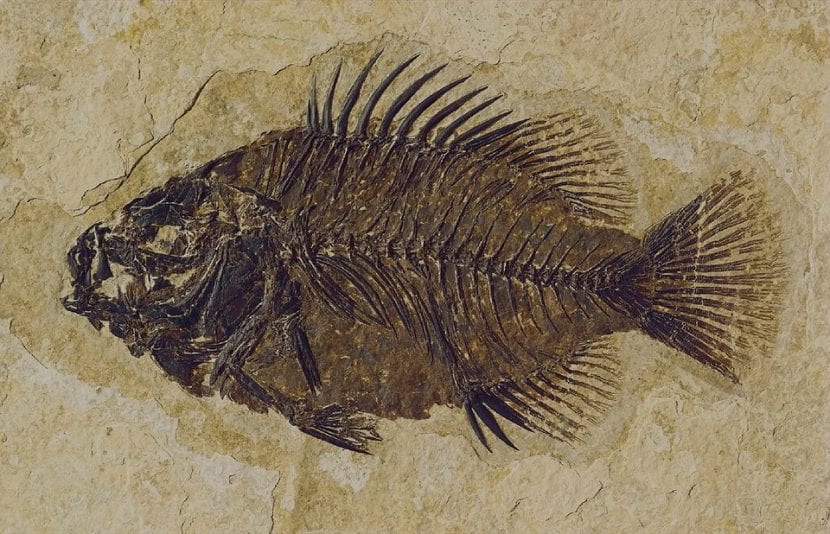
Of an imposing size, close to ten meters and more than three tons in weight, placed it at the forefront of the food chain.
The first remains of this impressive creature were discovered by geologist Jay Terrell in 1867 on the shores of Lake Iago Erie (Ohio). These remains corresponded to the area of the skull and the thoracic dorsal plate. Although several bones of this fish were later found, it was not until the early XNUMXth century that more exact and precise reconstructions of the actual morphology of this animal could be made.
Xiphactinus
This fish does not need an excessive cover letter to understand its role at the time of its existence, the meaning of its name says it all: "sword fin". However, I will try to tell you everything about him.
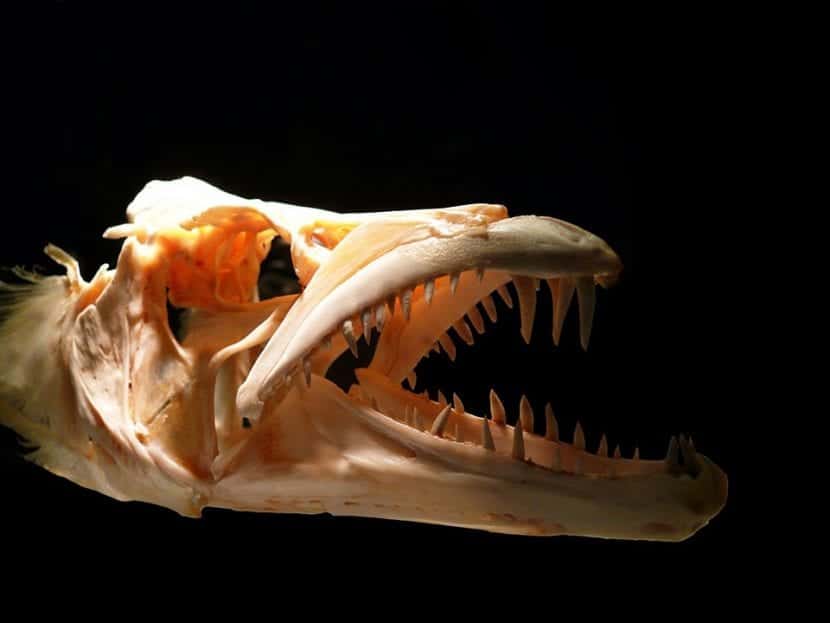
This fish belonged to the group of teleost fish that populated the waters of the oceans back in the Cretaceous. Its most exact home was the southern and southwestern United States, but it also colonized other areas near Central and South America.
It was an animal with an elongated body, around 4,3 meters in length, and could even reach 6 meters. Its main characteristic was the bony rays that protruded from it and ended up being introduced into the fins. These fins allowed him to swim with agility and achieve those precise movements with which he would catch his victims.
But his main weapons were on his head. A flat head, which had gigantic and terrifying jaws.
And it is that the Xiphactinus was a predator with capital letters. It is believed that its insatiable appetite made it have a wide range of potential prey, which led to it feeding on all kinds of smaller animals, up to cannibalism. Proof of the latter is that fossils have been found staging the remains of young specimens inside the stomach of adult individuals.
Finally, to say of him that it may not be a solitary animal, but that it conformed a life in small groups with a small number of copies.
Cretoxyrhina
Cretoxyrhina may have been the first shark to populate planet Earth. Lived at the end of the Cretaceous, about 100 million years ago or so. It has been dubbed the "ginsu shark."
This shark could grow up to the 7 meters long, a size similar to that of the great white shark today, which is very similar to it physically.
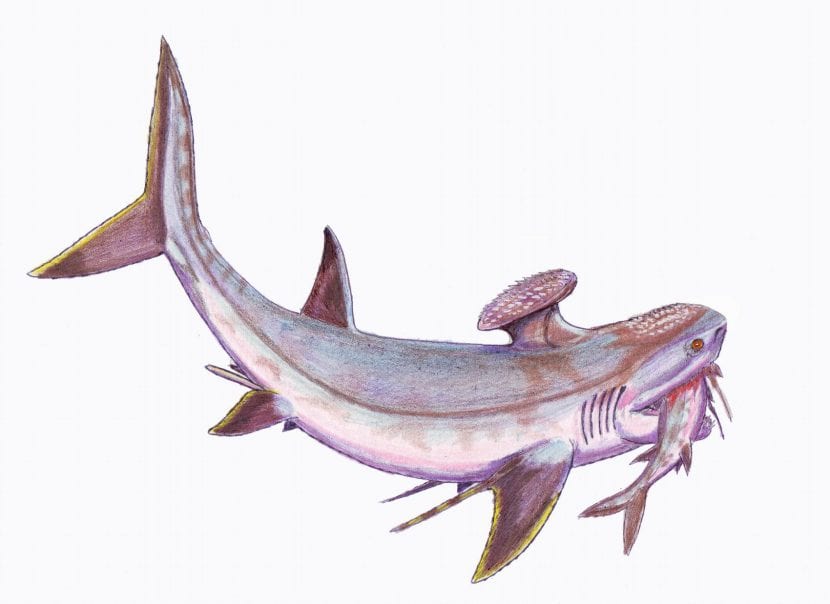
It was a carnivorous animal and an exemplary predator. Its jaw was populated by several knife-sharp teeth that reached 7 centimeters in length. These teeth formed the two jaws: an upper one with 34 teeth, and a lower one with 36 teeth, in each clear row.
It fed on practically all the marine beings that lived next to it, which it annihilated with its powerful bite, which with a simple bite and a turn of the neck was capable of cutting any body apart. There is no doubt that it was one of the most feared animals in its time, in which it sowed terror wherever it went.
squalicorax
Another of the prehistoric sharks was the Squalicorax, which like the Cretoxyrhina, lived his life at the end of the Cretaceous.
Its external appearance was certainly similar to that of a modern shark, more specifically the tiger shark. It was about 5 meters long, although it was normally found at an average length of just over 2 meters. His height was also not higher than 2.5-3 meters.
It was provided with numerous teeth, which allowed it to carry a strictly carnivorous diet, having a scavenging behavior on some occasions.
It should be noted that not all prehistoric fish ended up becoming extinct, but there are some species that stoically resisted the passage of time and that are among us today. Next we are going to present some cases:
hagfish
Hagfish or hagfish are located within the group de peces agnaths. They are also called de peces witch or hyperotretos, and currently around 60 different species have been catalogued.
They are fish with elongated bodies covered in a viscous substance. They do not have jaws. Instead they have two structures similar to tentacles and with which they make sucking movements.
They usually feed on viscera, being able to enter the body of living animals to devour them internally, thanks to their serrated and serrated tongue. They lack sensory receptors, and their eyes are very underdeveloped.
They are among the most primitive vertebrate animals of contemporary biodiversity and fauna.
lancetfish
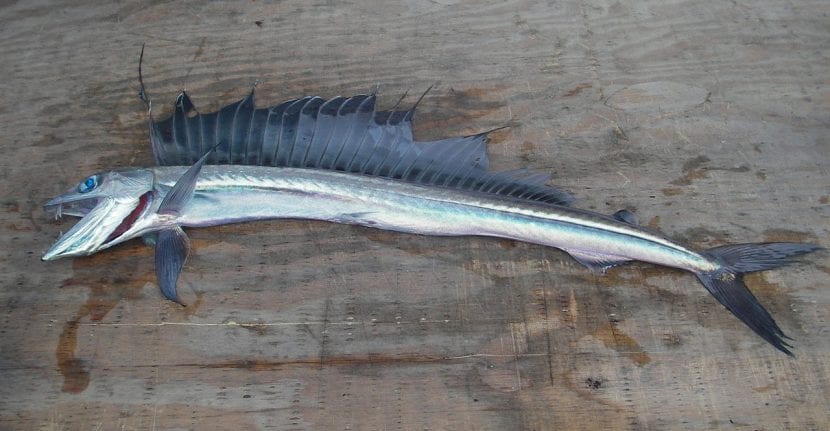
When observing a Lancetfish you do not have to be very knowledgeable in zoology to know that this fish comes from time immemorial. It has a truly prehistoric and fierce look.
The most pressing and outstanding thing about this animal may be its jaws and that sail on its back, which is actually nothing more than a large dorsal fin. It can measure up to two meters in length.
It is a carnivorous animal that feeds on small fish, crustaceans, cephalopods, etc.
Arowana
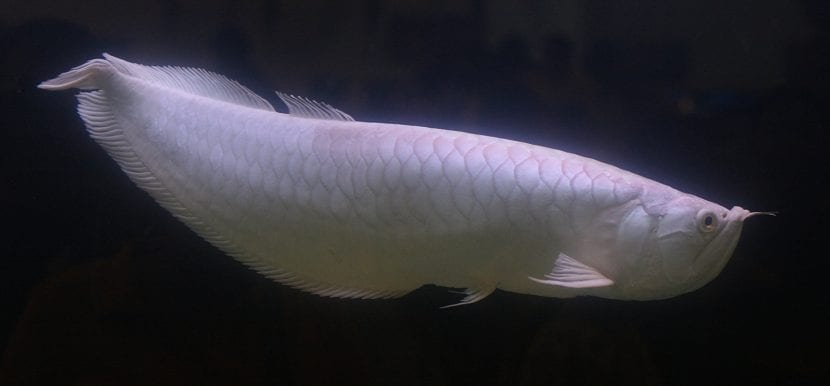
The Arowana fish belongs to the group of osteoglosides, animals that existed in the Jurassic period. This animal inhabits areas of the Amazon River and areas of Africa, Asia and Australia.
They are very peculiar animals, because are able to jump up to two meters above the surface of the water. This capacity is used to capture birds or other kinds of animals. This invites to classify them as voracious predators.